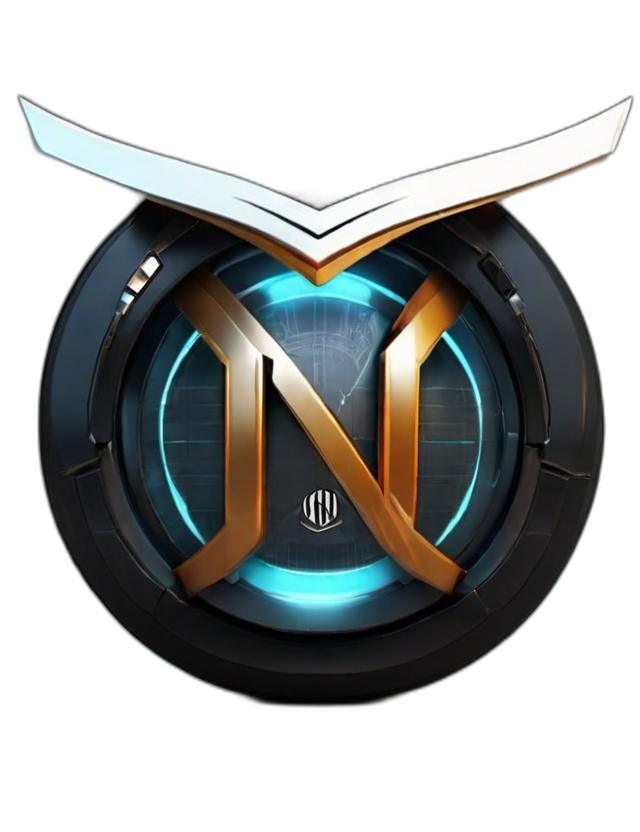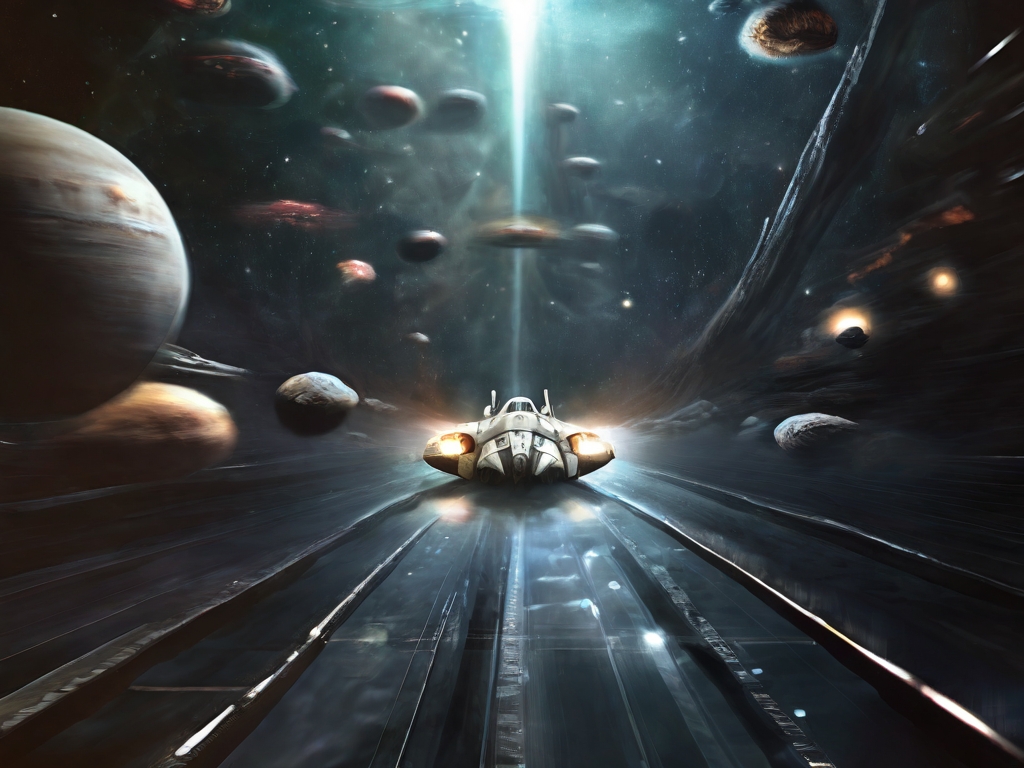
In the realm of physics, the notion of surpassing the cosmic speed limit – the speed of light in a vacuum – has long been a subject of fascination and speculation. Since the advent of Einstein’s theory of relativity, the barrier of the speed of light has stood firm as an immutable boundary, seemingly unbreachable by any known entity or force. Yet, the human imagination, driven by curiosity and a thirst for exploration, continues to entertain the possibility of traversing distances at velocities beyond the cosmic speed limit.
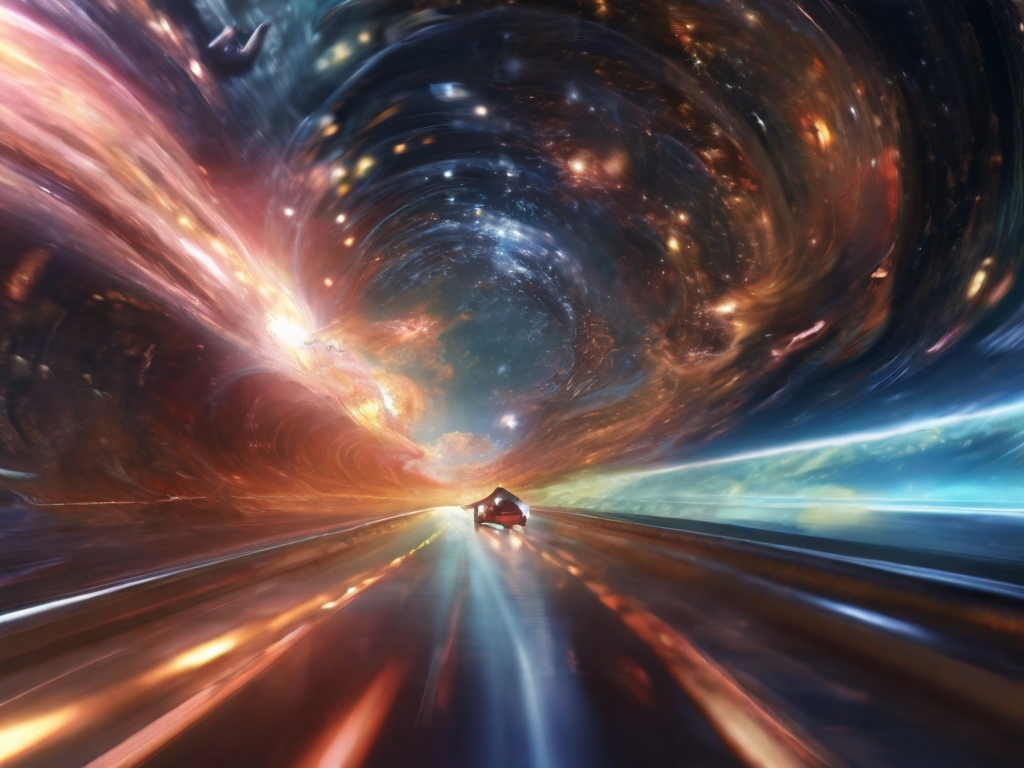
Understanding the Cosmic Speed Limit
In the annals of physics, the speed of light, denoted by ‘c,’ holds a special significance. According to Einstein’s special theory of relativity, formulated in 1905, the speed of light represents the ultimate speed at which any form of matter or information can travel through space. This fundamental constant, approximately 299,792,458 meters per second in a vacuum, serves as a cornerstone of modern physics, underpinning a myriad of phenomena and theories.
Einstein’s theory posits that as an object with mass accelerates towards the speed of light, its relativistic mass increases, approaching infinity as it approaches ‘c.’ Consequently, an infinite amount of energy would be required to propel an object with mass to reach or exceed the speed of light. This concept forms the basis of the famous equation E=mc², illustrating the equivalence between mass and energy and highlighting the formidable energy requirements associated with reaching lightspeed.
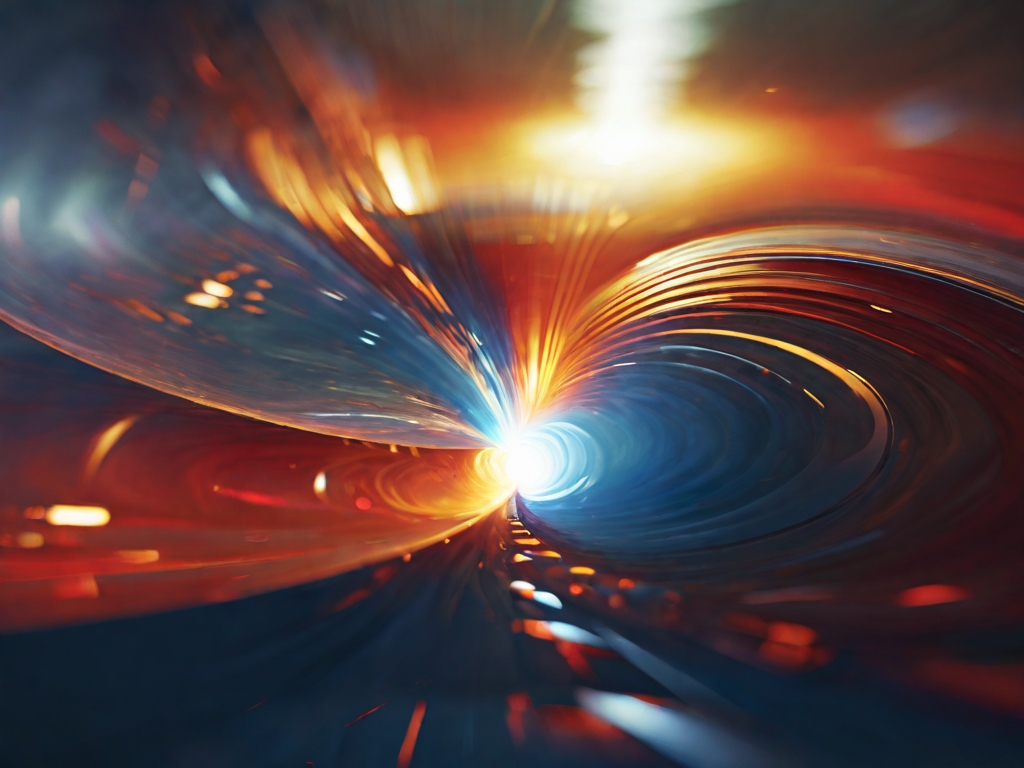
The Challenge of FTL Travel
Given the established principles of relativity, the prospect of achieving speeds faster than light poses a formidable challenge, seemingly at odds with the very fabric of spacetime. However, the human imagination, bolstered by science fiction and speculative physics, has conjured various hypothetical mechanisms and phenomena that purportedly enable FTL (faster-than-light) travel.
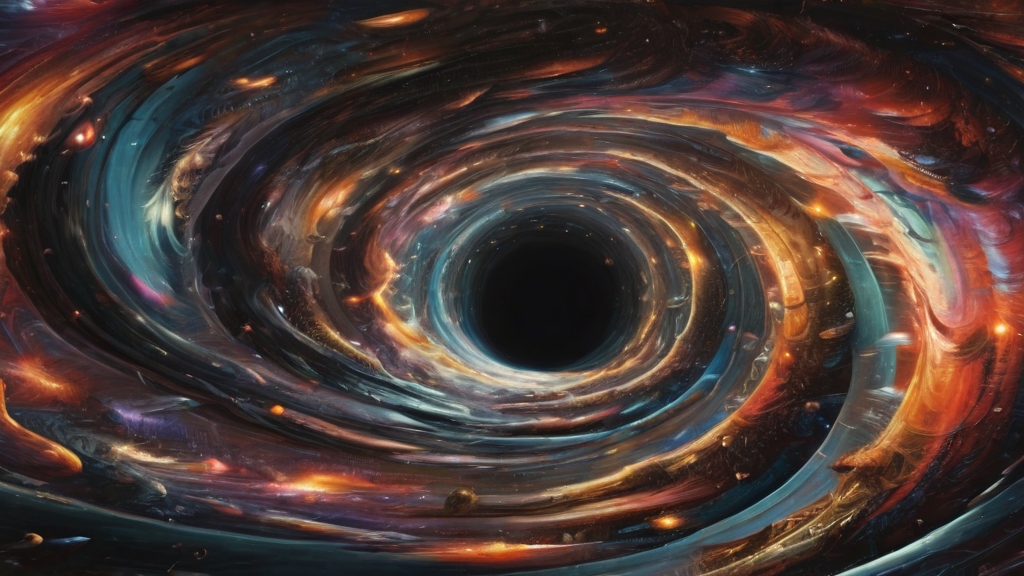
Wormholes and Spacetime Manipulation
One of the most intriguing concepts proposed for circumventing the cosmic speed limit involves the notion of wormholes – hypothetical tunnels or shortcuts in spacetime that could connect distant regions of the universe. According to theoretical physics, traversable wormholes could potentially serve as conduits for rapid interstellar travel, effectively allowing a spacecraft to bypass the conventional constraints of distance and time.
In theory, traversing a wormhole could enable a spacecraft to arrive at its destination much faster than if it were to travel through conventional space. However, the feasibility of wormholes remains purely speculative, as their existence has yet to be confirmed, and their stability and practicality for FTL travel remain uncertain.
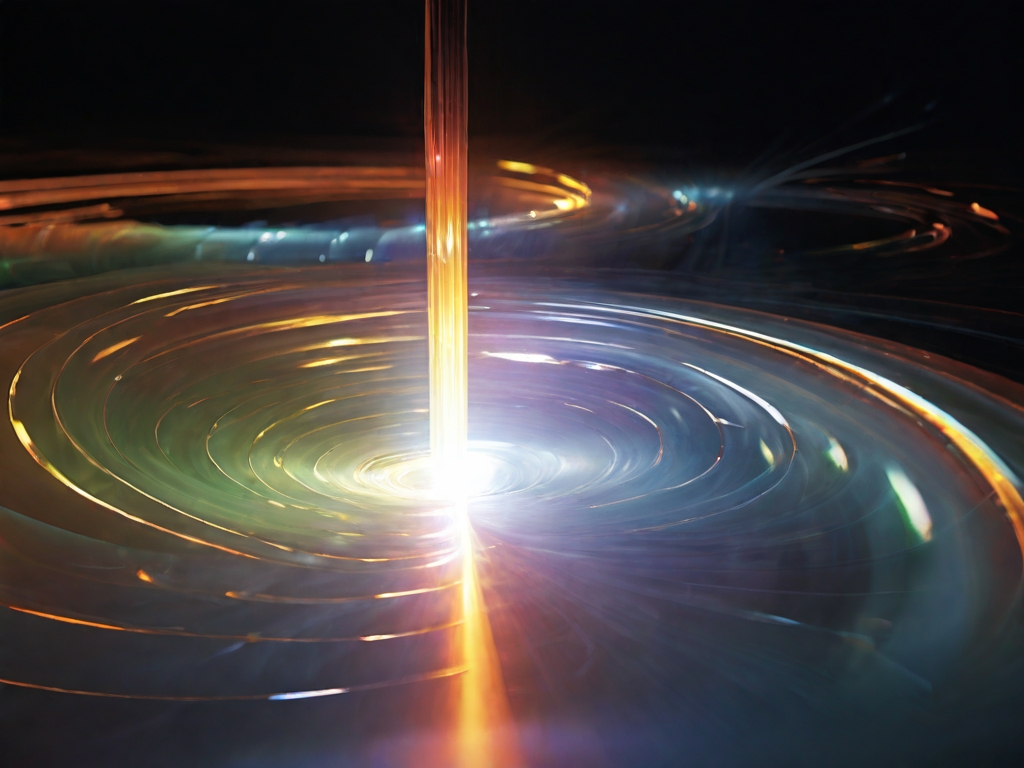
Alcubierre Warp Drive
Proposed by physicist Miguel Alcubierre in 1994, the Alcubierre warp drive represents another tantalizing concept for achieving FTL travel. Theoretical analysis suggests that by contracting space ahead of a spacecraft and expanding it behind, it might be possible to create a ‘warp bubble’ that propels the vessel through spacetime at velocities exceeding the speed of light.
Unlike traditional propulsion systems that rely on expelling mass to generate thrust, the Alcubierre warp drive operates by warping the fabric of spacetime itself. However, significant challenges persist, including the immense energy requirements and the hypothetical existence of exotic matter with negative energy density, which is essential for stabilizing the warp bubble.
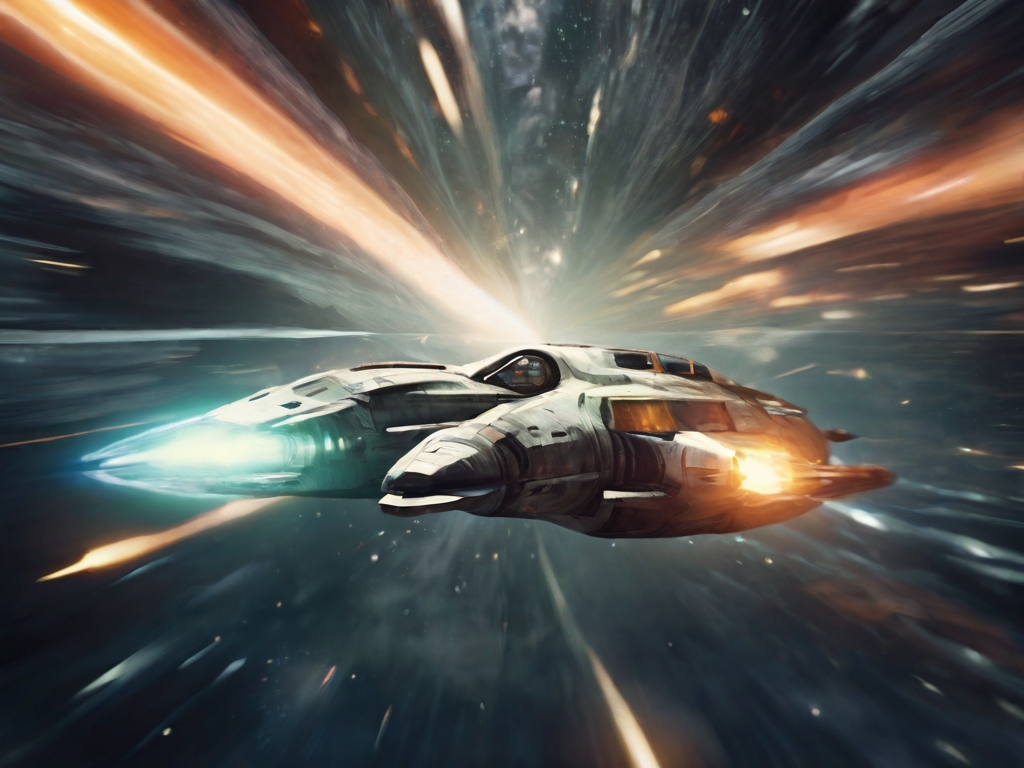
Experiments and Speculations
Despite the theoretical barriers to FTL travel, scientists continue to explore unconventional avenues and phenomena that could potentially challenge our current understanding of physics. From experiments probing the nature of neutrinos to theoretical investigations into faster-than-light particles, researchers are actively seeking loopholes or exceptions to the cosmic speed limit.
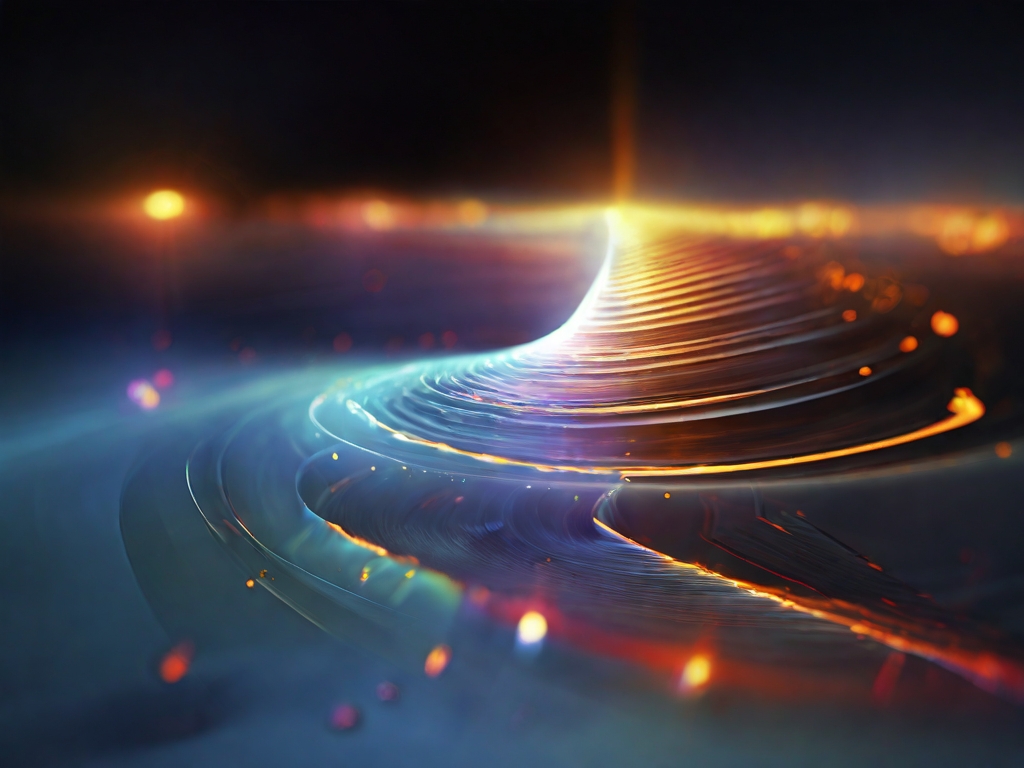
Neutrino Anomalies
In 2011, scientists at CERN reported an unexpected result that briefly ignited speculation about particles traveling faster than light. Neutrinos, elusive subatomic particles that interact weakly with matter, appeared to arrive at a detector in Italy slightly ahead of the time it would take light to travel the same distance. Dubbed the ‘faster-than-light neutrino anomaly,’ this puzzling observation captivated the scientific community and sparked intense scrutiny.
Subsequent investigations, however, revealed that the apparent FTL behavior of neutrinos was likely due to experimental errors, including a faulty cable connection, rather than a fundamental violation of relativity. The incident underscored the importance of rigorous experimental verification and the need to scrutinize extraordinary claims with skepticism.
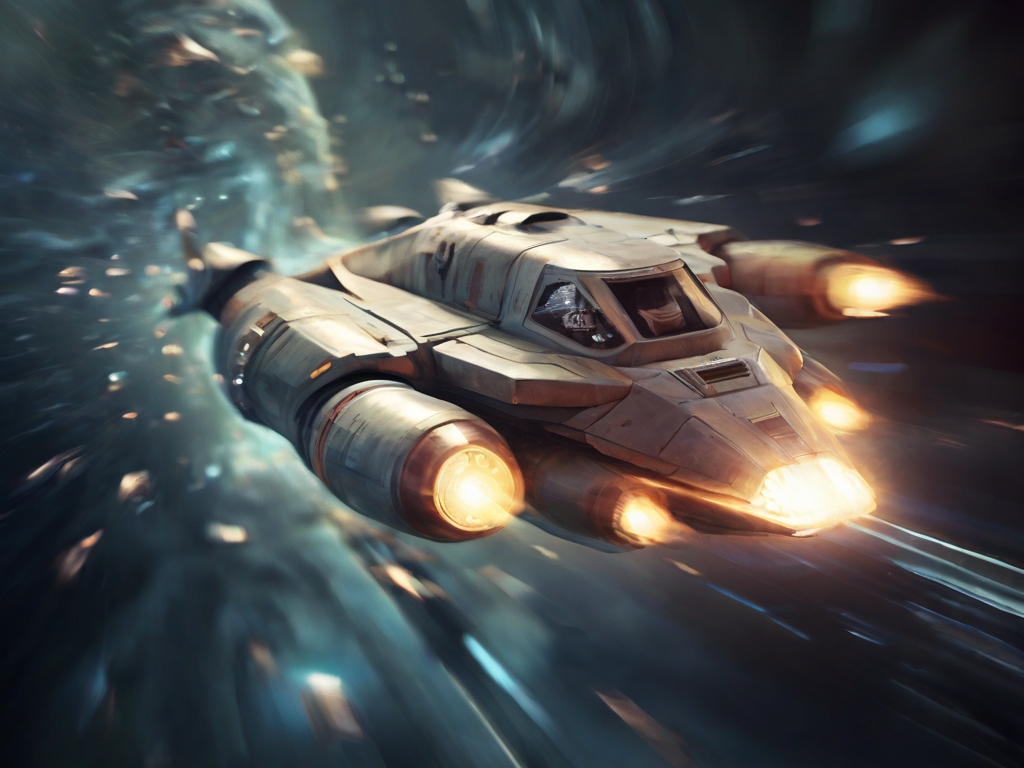
Quantum Entanglement and Spooky Action at a Distance
In the realm of quantum mechanics, phenomena such as quantum entanglement have been invoked as potential mechanisms for instantaneous communication over vast distances. According to the principles of quantum entanglement, particles can become correlated in such a way that the state of one particle instantaneously influences the state of its entangled partner, regardless of the distance separating them.
While quantum entanglement does not enable communication or travel faster than light per se, it does raise intriguing questions about the nature of spacetime and the limits of locality. Some theorists have speculated about harnessing quantum entanglement for quantum teleportation or communication, but significant technical and theoretical challenges must be overcome before such feats become feasible.
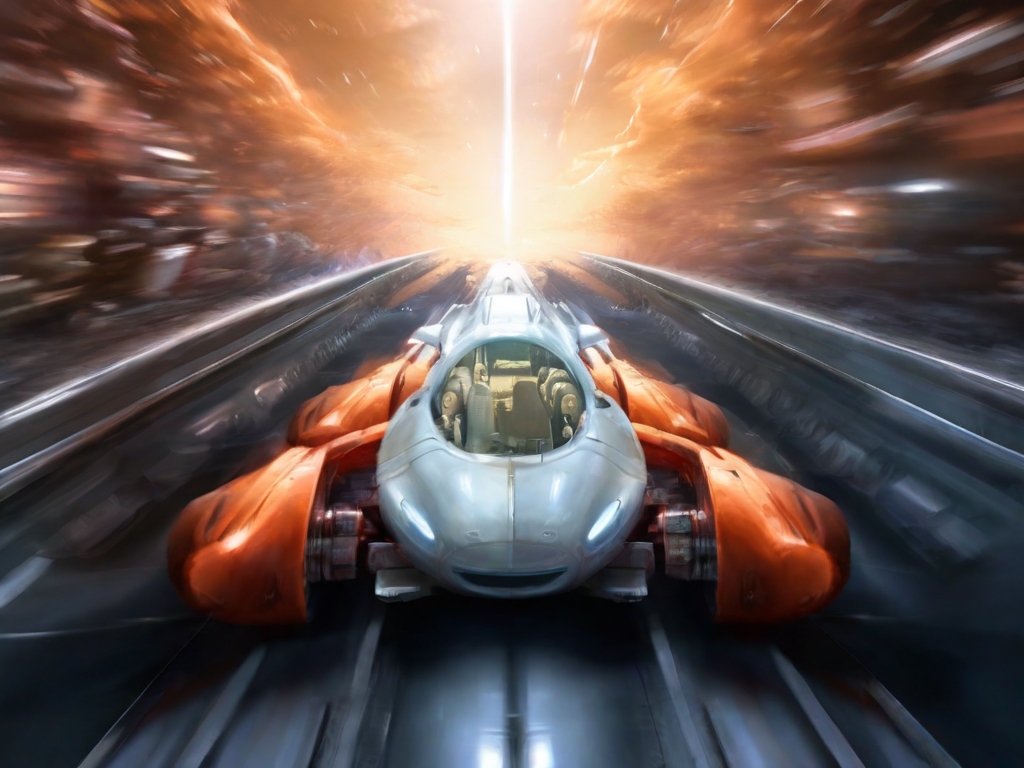
Conclusion: Navigating the Cosmic Frontier
In the grand tapestry of the cosmos, the speed of light stands as an immutable constant, defining the limits of our perceptible universe. While the prospect of traveling faster than light continues to captivate the human imagination, it remains firmly entrenched within the realm of speculative physics and science fiction.
From wormholes and warp drives to quantum entanglement and neutrino anomalies, humanity’s quest to transcend the cosmic speed limit embodies the spirit of exploration and discovery. While theoretical frameworks and speculative mechanisms abound, the formidable barriers of relativity and our current understanding of physics temper our aspirations with sobering realism.
As we continue to probe the mysteries of the universe and push the boundaries of scientific knowledge, the quest for faster-than-light travel serves as a testament to the indomitable spirit of human curiosity and ingenuity. Whether we will one day unlock the secrets of FTL travel remains an open question, but the journey itself, propelled by relentless curiosity and boundless imagination, promises to illuminate new vistas and reshape our understanding of the cosmos.
